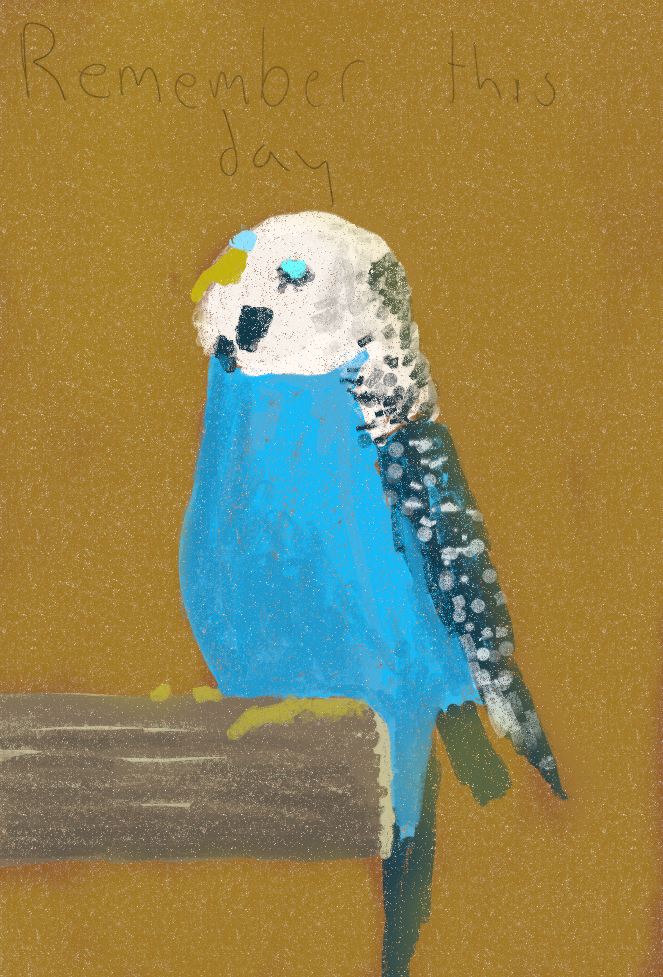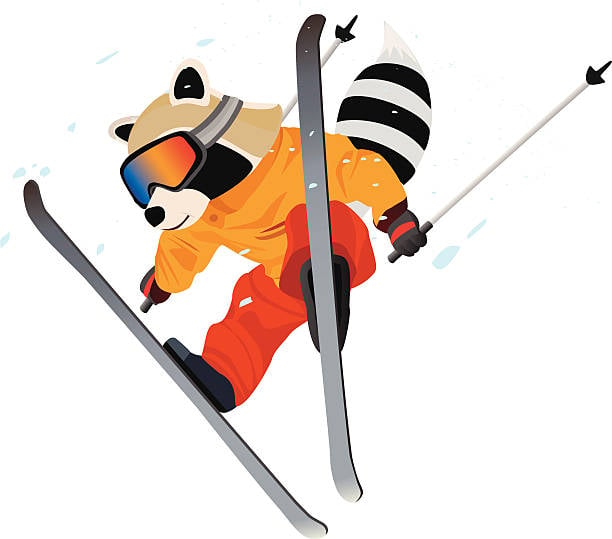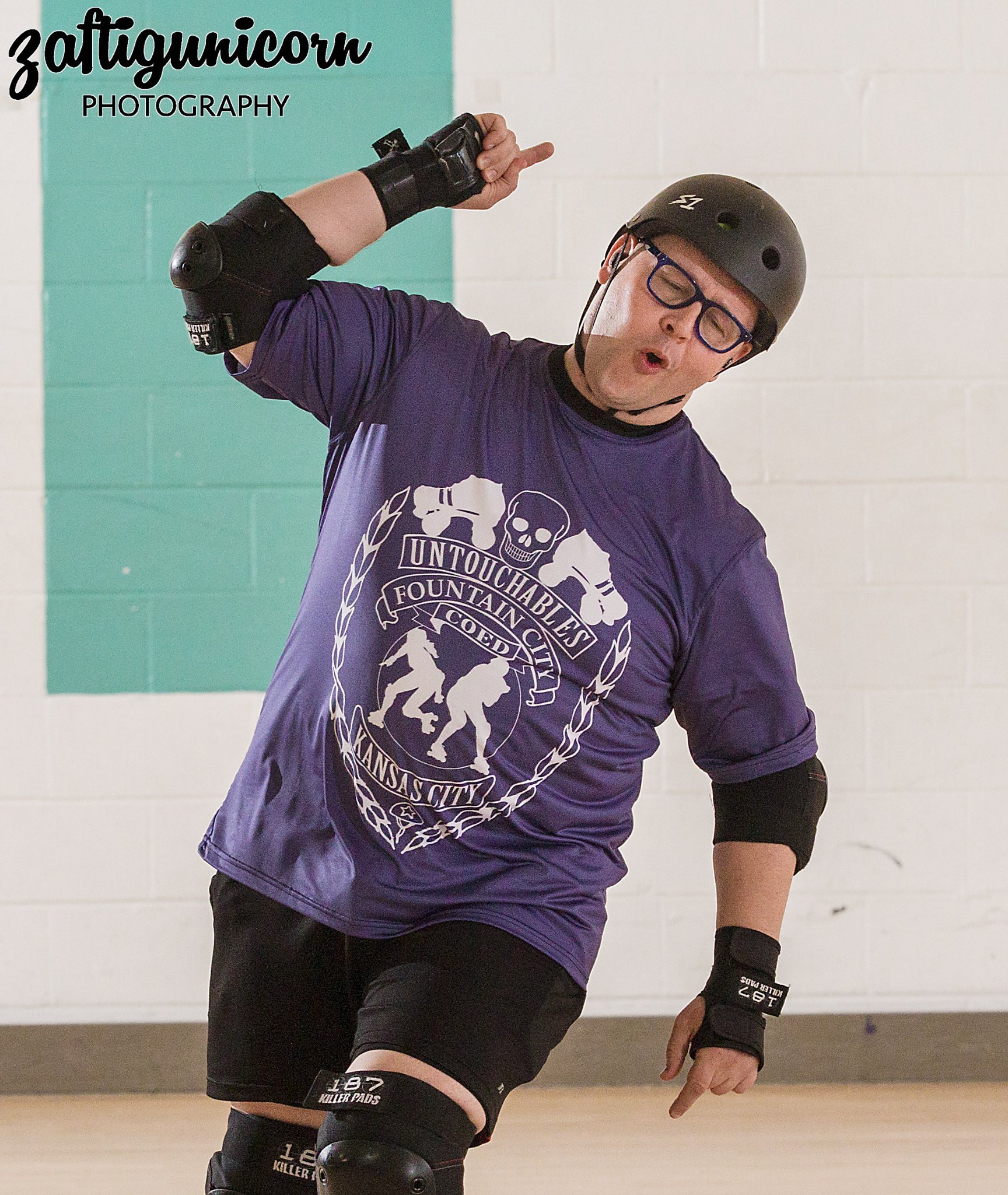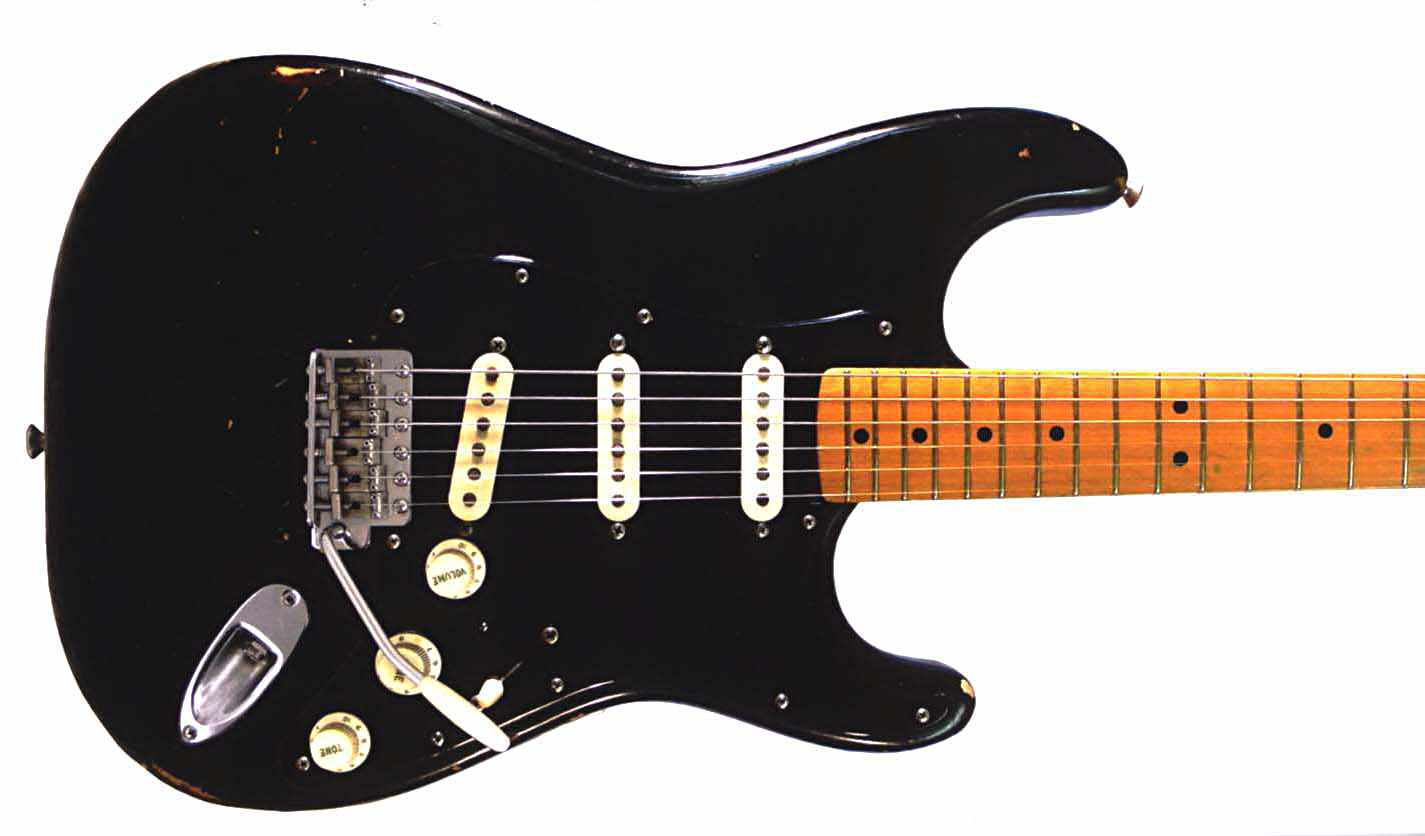Hello, I recently bought an acoustic guitar, and this is my second attempt at learning to play.
I made some progress, teaching myself basic chords and strumming, but I’m having trouble following sheet music/chord patterns and similar resources. Sometimes, when I’m watching a YouTube video on how to play a song, they don’t provide the strumming pattern or other details.
I’ve only been playing for a month, and I really enjoy it, but I feel like I’m starting to slow down again. I did download a book on how to improve my playing, which I plan to read later today.
I was wondering if anyone had a few resources they’d be willing to share.
Thank you!
Convince yourself that you’re not improving because you need that one guitar, only to play for one month and let it catch dust afterwards.
Hold the books and lesson videos for 6 months to a year. Learn by playing music you want to learn. Songs you love. Start with some easy 3-4 chords stuff. Get the strumming by playing along with the song. Add in a lick that you can manage. Gradually progress into more complex songs with new chords. Get comfortable with singing along. Enjoy it. Enjoy it enough that you want to play a bit more each day.
If you want to get better, you have to practice every single day.
You’re going to suck at first, but then you’re going to suck less. You have to learn enjoy the process, which it sounds like you do, so great! I like to break up my play time into practicing something new and having fun; they’re both important.
One thing I’ve found is that keeping my guitar out and on the wall makes it a lot easier to get started playing, even if I don’t feel like it at the time. Once I’m about five minutes into playing, I’m into it.
Oh, and practice with a metronome. Most guitarists suck at rhythm (myself included). Using a metronome beats it into your head.
beats it into your head
Depends on your goals. Two things are magic: playing with other people and playing live Other than that focus on the basics - always practice with a metronome. You can instantly tell who is ready to play together and who is used to used to doing their own thing all over the time signature.
I don’t wanna be a buzzkill, but if you’ve only been practicing for a month so far, I’m not sure there’s gonna be any particular resource that’s going to make you improve faster, short of taking formal lessons. It sounds like you’re already making good progress, so just keep doing what you’re doing! Read that book you downloaded, add new finger exercises to your daily routine, and drill the chords and scales and such into your muscle memory so you can do them in your sleep. But this all takes time.
The biggest factor, at least for me, was consistently practicing for years. I’ve been playing for about 17 years now and, by the end of the first year, I had spent hundreds of hours with the guitar in my hand (it was my primary hobby). I’m no rock star, but I got pretty decent by just practicing the stuff I wanted to play and learning the basic fundamental concepts like scales, arpeggios, chord structure, etc.
One good piece of advice my old man gave me: even when you’re not actively practicing, just having the guitar in your lap when you’re working on other stuff winds up making it extremely comfortable to handle. I’d sit with the guitar in my lap while doing homework, or using the computer, and would end up fiddling with it here and there, gradually getting better at navigating the neck, getting more familiar with the distances between the strings, etc.
And use. the. pinky. A lot of guitarists shy away from fretting with the pinky finger if they can avoid it, but they’re doing themselves a disservice. Put in the effort to train your pinky to fret and it will pay dividends when you start tackling more advanced stuff. Even if you can easily hit a note with your ring finger, hit it with the pinky to give the pinky more practice so it becomes second nature.
Find some finger exercises that help teach finger independence. I learned a great one from a Chet Atkins VHS tape back in the day, but I can’t find it anywhere online at the moment; I’m sure there’s a million similar exercises on YouTube though.
Thanks for coming to my TED Talk. 🎸
Don’t give up.
deleted by creator
Dude, The Beatles Complete Chord Songbook? Totally how I taught myself guitar too. My only beef with it was that I need to tune Beatles songs down a whole step for my vocal range, which was not practical as a beginner, but I learned all the chord shapes really quickly
deleted by creator
I photocopied pages back in the day so they were easier to put on a stand
The person who taught me put colored bits of tape on the instrument to denote basic chords like G, C, D, and Am. It really helped, using a different color for each one, so I could learn to move quickly between them and build the muscle memory I needed.
Best thing to do to make sure you enjoy playing the instrument is to take it to your local guitar shop for a setup. If it’s not set up well it takes much more pressure to fret the notes cleanly and it can be painful both on your finger tips and the muscles in your hand.
Get a setup so its comfortable to play and you’ll be able to play much longer.
+100. Best thing I ever did.
Keep at it! The learning curve is not a straight line, just like with any skill. You’ll see fast progress, just to be followed by a long plateau of no progress or even feel you’re getting worse. And then you notice possibly big improvement again. And again.
Don’t worry about following sheets/chords initially. If chords are not in your muscle memory, you’re basically doing three complex tasks simultaneously, reading, figuring out chords and fingering chords. I’d try to memorize one or two simple pieces first, to get the chords under your belt. Start simple and stay patient, it’ll take time.
Don’t forget the rhythm. Play on top of recordings. You can be pretty liberal with the harmonics, but if you keep a steady beat it’ll probably still sound good.
Learn wonderwall by oasis and play it for everyone 😏
Don’t watch any more videos. No more instruction and forced repetition of songs that already exist. Just play and play and play at least 10 minutes a day. Strum your fingers, listen to the sounds you are making, try to find pleasant ways to stitch together chords and strums into unique novel arrangements. Don’t try to memorize twinkle twinkle or your favorite song. Make something new with the pallette you have unlocked in yourself.
A lot of music instrument people are academic theorist in their mentality. It saddens me to see creative types take what should be beautiful expressions of spontaneous whimsy and turns playing into dry formalized literature. Theres a reason its called playing the guitar and not working the guitar.
If you spend your time trying to learn the ‘right way’ as defined by so called guitar experts, you’ll never experience learning how to play your way. Theres joy in finding new chords by chance, learning how to turn cacauphany into melody by sheer practice over the months/years and feeling the music come from inside. The art ends up more authentic and original that way, I feel.
Practise by accompanying your favourite music. That way you don’t get hung up on the strumming pattern and focus on enjoying, which is what keeps you coming back for practice.
There are abundant beginner videos on YouTube that teach strumming. I think the important thing is to mix learning technique with just enjoying making music by any means.
This is how I did it. Play, play, play, a lot is key to learning but if you do it accompanying music you love then practice never becomes a chore.
I tried it for a while. It was fun making basic open chords. But I could never figure out how to keep my fretting fingers from partially muting the non-fretted strings. I don’t have super fat fingers or anything, I just couldn’t figure it out.
And barre chords…forgeddaboudit.
Thumb position is very important and you probably need the guitar neck far far higher than you expect. Get that right and things become easier. There are some good spider exercises for practising. I found barre chords are impossible on a poorly setup guitar but are easy if you have it setup well.
I think early on, it’s really important to focus on getting comfortable with the instrument itself. When you start learning to play, it’s common to have a lot of stiffness in your wrist and fingers. It’s kinda foreign for your wrist and hands to move like that at first. Practicing frequently and developing your muscle memory will help get your hands to flow on the instrument.
It’s less important when you start, to focus on getting the notes and patterns right. When most people start learning, they sound like shit. It can feel discouraging when you do all this practice and you still don’t sound like your favorite band. I think that’s where a lot of people end up quitting. And it’s why that guy at every party knows how to play Wonderwall and nothing else.
Practice getting a good feel for the instrument. It’s a good indication you’ve become fairly comfortable when you realize you’re not looking at your strumming hand anymore as you play. The more comfortable you get, the easier things like the strumming patterns will get too.
Don’t be afraid to play something a little differently if it’s easier for you to learn. You can use it as a stepping stone to learning the original. Or you can just play your own version.
As far as resources go, I mostly have used YouTube and Ultimate Guitar. I think you’ll find that a lot of guitarists don’t use sheet music much. The most common form of written music for guitar is written in Tab, so familiarize yourself with that if you aren’t already. I have always learned by looking up tabs on a song I wanted to play. You can always look for something else if you are more comfortable with that. But I think it’s always easiest to get started on a song with some community-made tabs.
Keep practicing, don’t give up. You will get better.









